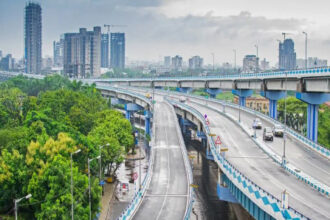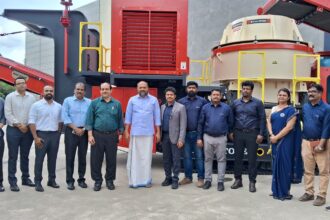In a bold declaration underscoring India’s ambitions in the global aviation arena, Prime Minister Narendra Modi has outlined a visionary plan to transform the country into a $4 billion Maintenance, Repair, and Overhaul (MRO) hub by 2030. The announcement reflects a strategic push to build world-class aviation infrastructure, reduce foreign dependence, and position India as a global leader in aircraft servicing and maintenance.
Speaking at a high-level event focused on infrastructure and logistics, PM Modi emphasized that India’s rapidly expanding civil aviation market—already the third-largest in the world—offers immense potential for MRO growth. With the commercial aircraft fleet in India projected to double in the coming years, the government is actively working to harness this opportunity by fostering a robust domestic MRO ecosystem.
“Our vision is clear. India must not just be a consumer in the global aviation supply chain—it must emerge as a leading provider of aviation services, especially in the high-value MRO sector,” said the Prime Minister.
To achieve this, the government has already rolled out several policy and regulatory reforms aimed at attracting both domestic and foreign investment in the MRO industry. These include slashing GST on MRO services from 18% to 5%, rationalizing lease rental structures for hangars, simplifying approval processes, and encouraging public-private partnerships in airport infrastructure development.
India’s strategic geographical location—offering convenient access to major aviation markets in Asia, the Middle East, and Africa—also gives it a natural edge in becoming a competitive MRO destination. The government aims to turn this geographical advantage into economic opportunity by creating integrated MRO hubs near major airports and aviation clusters.
Leading aviation companies, including major global OEMs and Indian carriers, have already started investing in MRO facilities across cities like Hyderabad, Bengaluru, Delhi, and Nagpur, where world-class infrastructure is being built to handle everything from routine aircraft maintenance to complex engine overhauls.
According to industry experts, the Indian MRO market, which currently stands at around $1.7 billion, is growing at a CAGR of 10%, driven by increased fleet sizes, longer aircraft lease cycles, and growing demand for regional air connectivity. The shift towards localized MRO services is expected to reduce operational costs for airlines and create thousands of high-skill jobs in engineering, logistics, and avionics.
PM Modi’s 2030 vision not only places India on the map as a future global aviation services powerhouse but also aligns with the broader ‘Make in India’ and ‘Atmanirbhar Bharat’ goals—promoting indigenous capabilities, reducing dependency on foreign MRO providers, and boosting export potential. As India sets its sights on becoming a $4 billion MRO hub within the next five years, the country’s aviation sector is poised for an unprecedented leap—from a high-growth market to a high-value global aviation services leader.











